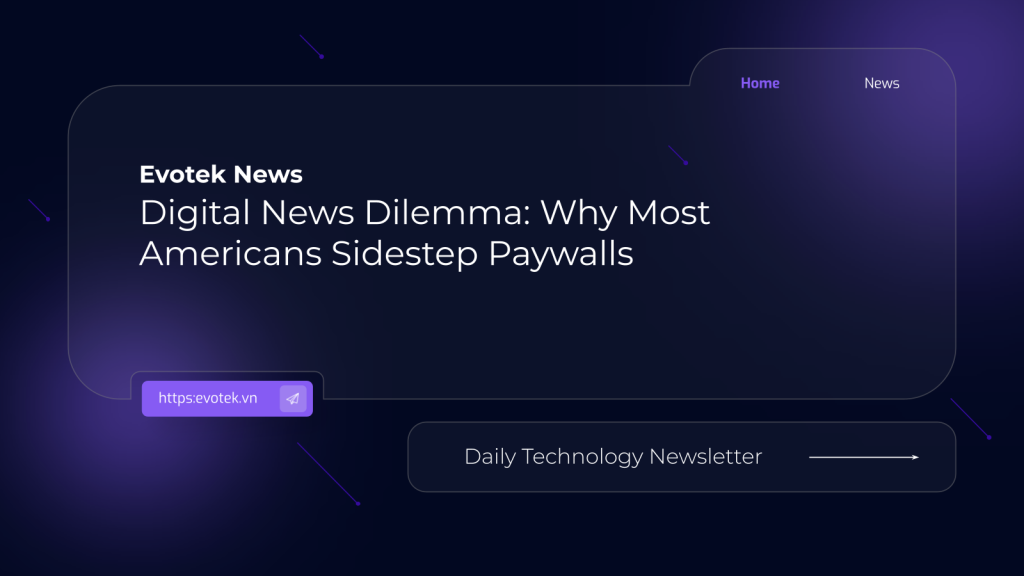The landscape of news consumption has drastically shifted, with most Americans now preferring digital platforms. This transition has led many news organizations to implement paywalls, aiming to stabilize declining revenues. However, new research reveals a significant disconnect: the vast majority of U.S. adults are unwilling to pay for online news content, even when confronted with these barriers.
Americans Rarely Pay for Online News
A recent survey by the Pew Research Center, conducted in March, highlights this trend. A striking 83% of Americans report not having paid for news in the past year, indicating a strong preference for free content. Only 17% indicate they have supported a news source through subscriptions, donations, or memberships during this period.
Despite this widespread reluctance to pay, encountering paywalls is a common experience for digital news consumers. The survey found that 74% of online news consumers run into paywalls at least occasionally, with 38% reporting frequent encounters.
What Happens When Readers Hit a Paywall?
When faced with a paywall, Americans overwhelmingly choose alternatives over direct payment. The survey asked individuals what their first typical action is:
- A mere 1% choose to pay for access.
- The most common response, at 53%, is to seek the information elsewhere, leveraging the abundance of free content available online.
- About 32% simply abandon their attempt to access the information, opting not to pursue the story further.
Understanding the Resistance to Paid News
For the 83% of U.S. adults who haven’t paid for news in the last year, several key reasons emerge, shedding light on the challenges facing digital news subscriptions:
- Availability of Free Content (49%): Nearly half cite that they can easily find plenty of other news articles for free. Indeed, many news websites offer content without paywalls, and some even loosen restrictions for public interest stories or emergencies.
- Lack of Interest (32%): A significant portion (32%) simply state they are not interested enough in paying for news.
- Cost Concerns (10%): A smaller share (10%) find the cost to be a deterrent, suggesting price sensitivity in the market.
- Perceived Low Quality (8%): Some (8%) believe the news provided isn’t good enough to warrant payment, highlighting concerns about content value.
Who Are the 17% Who Pay for News?
While the overall percentage of news payers is low, certain demographic groups are notably more inclined to support news organizations, offering insights into target audiences for digital subscriptions:
- Education Level: 27% of college graduates have paid for news, a rate three times higher than those with a high school diploma or less education.
- Political Affiliation: 21% of Democrats and Democratic-leaning independents pay for news, compared to 14% of Republicans and GOP leaners.
- Age: Older Americans are more likely to pay, with 25% of those 65 and older contributing, versus just 12% of 18-to-29-year-olds.
- Income: Financial capacity plays a significant role, with 30% of adults in the highest income group paying for news, starkly contrasting with only 8% in the lowest income bracket.
- Race and Ethnicity: 20% of White Americans have paid for news, approximately double the share of Black Americans (11%) and Hispanic Americans (10%).

 日本語
日本語 한국어
한국어 Tiếng Việt
Tiếng Việt 简体中文
简体中文